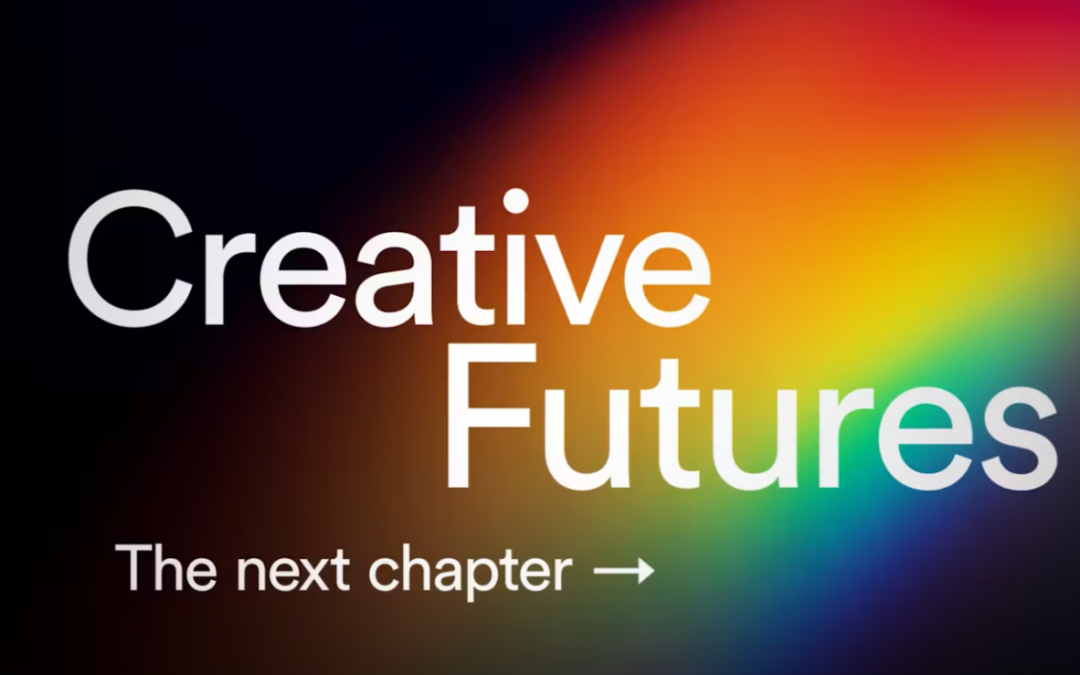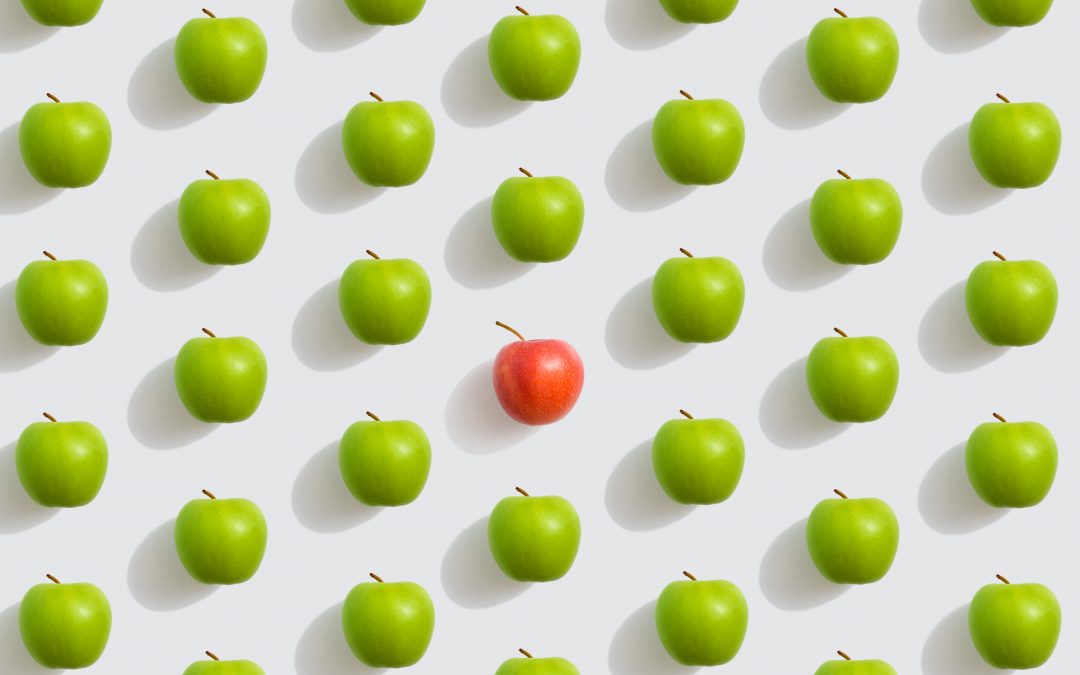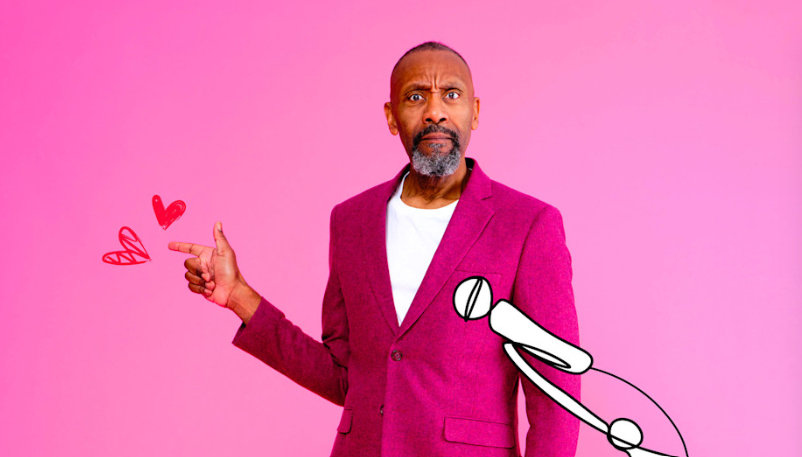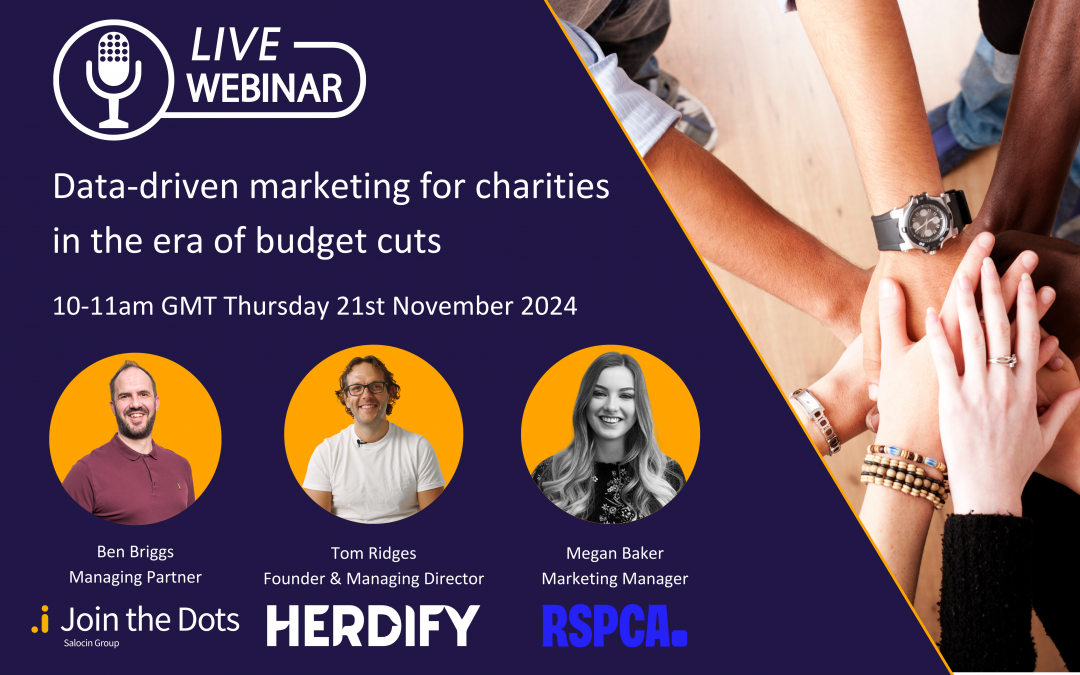And 3 very cool nudges

What is behavioural science?
Behavioural science is the study of how cultural, psychological and societal factors drive human behaviour. Within marketing, it’s used to influence attitudes and buying behaviour. The application of this science is often referred to as ‘nudging.’ Nudge Theory proposes altering the decision-making environment in a way that influences behaviour and decision-making.
There are loads of ways marketers can incorporate nudges into their work – and in fact, you’re probably already doing a lot of them without even knowing! Here are three of the classics. If you’re not already doing them, they’re pretty easy to implement.
Anchoring
Anchoring bias is what happens when we rely too heavily on the first piece of information we see. So the first price, value or thing we come across is anchored in our memory. We then judge everything else based on that bit of information. It’s this effect that makes sales irresistible to us. ‘Oh it WAS £100, but now it’s only £75? I’ll take it!’ Never mind that you only actually wanted to spend £60 in the first place. Anchoring is a great way of guiding people to select the option you want them to. But be careful… If you play fast and loose with this technique, you could end up coming across as a bit untrustworthy.
Social proof

Whether we like it or not, we’re influenced by the decision-making of others. We might think we’re total renegade individuals but, actually, we’re herd animals that generally like to act within societal norms and expectations. In marketing, social proof provides evidence of the popularity or usability of a brand among consumers – influencing the purchase decisions of prospective customers. To make use of this, you could use reviews, customer testimonials or stats (‘60% of people bought the Silver policy’, for example).
Reciprocity bias
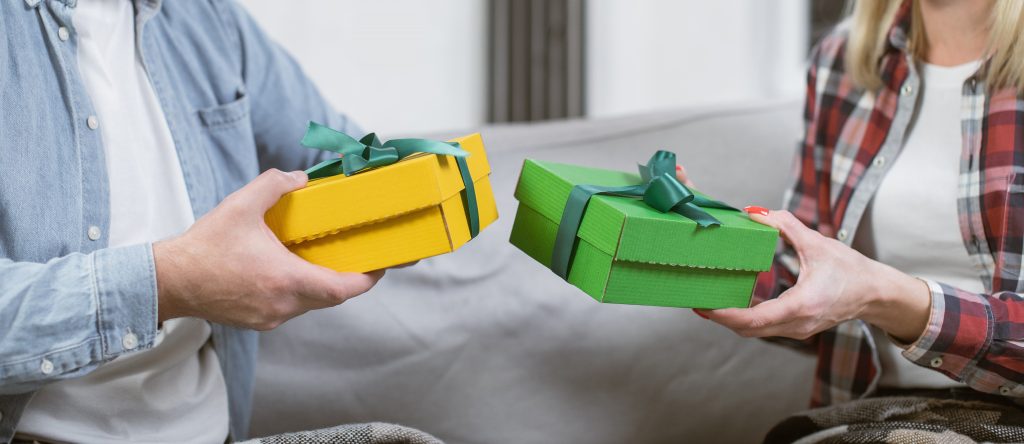
It’s a simple concept – we have an impulse to reciprocate actions back to others. Nice huh? So we like to repay favours, give a gift if we get a gift, trust when we’ve been trusted ourselves. Of course it can work negatively too. We often see charities using this – make a donation and get a sticker, for example. It’s also why hospitals and universities get a good response when asking for donations from past attendees. Perhaps you could give a money-off code before asking for a review – making use of two behavioural science techniques in one go!
Now for the fun stuff
It’s unlikely you’ll be able to use these examples in the workplace, but we don’t know anything about your work or your home environment. Maybe you can… no judgement! Either way, they’re pretty cool examples of how small nudges can change behaviour.
Fly in the ointment
It’s the most famous of the nudges, but it’s still cool. In 1999, the cleaners of Amsterdam’s Schiphol Airport must have been having a bad time because they were moved to try anything to keep the pee in the urinal. They stuck an image of a fly in the centre of the urinal and men just could not resist aiming for the fly. Spillage was cut by 80%!
Not in front of the children

In 2012, a street in Woolwich, London, wanted to reduce street crime so they painted baby faces on the shutters of the shops. This reduced street crime there by 24%. The theory is that baby faces do something to us psychologically – they invoke a caring and protective response. Studies also show that faces (with open eyes) reduce crime because people feel uneasy being watched, even just by a picture.
Legging it
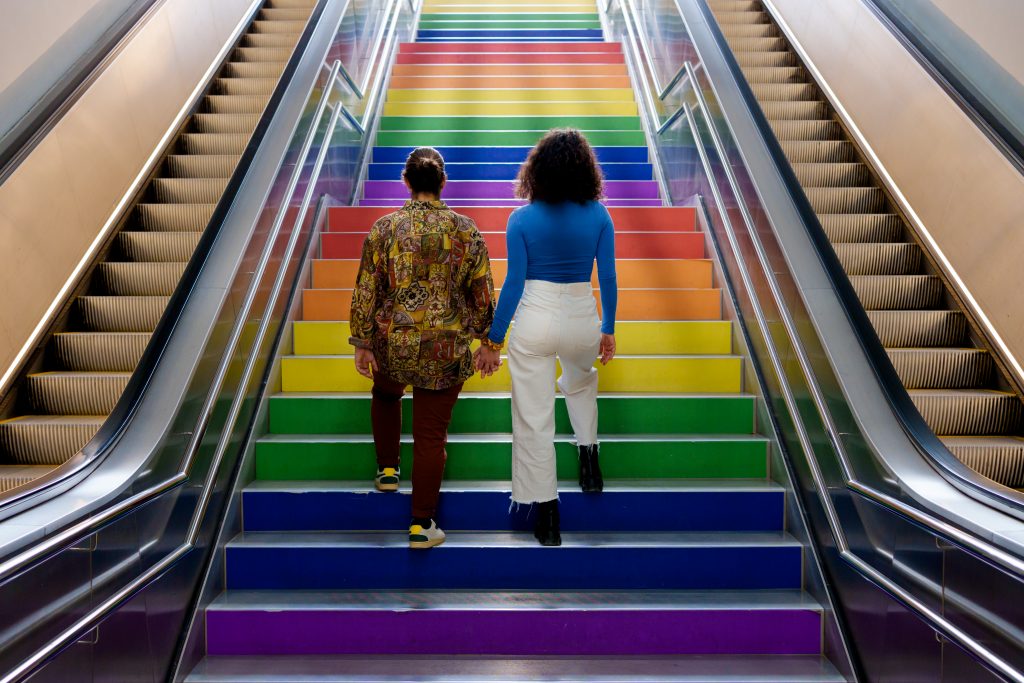
If you want to encourage people to take the stairs, either for their own health or because your lift or escalators need refitting, make them fun! In 2009, a Swedish metro station transformed their stairs into a functioning piano keyboard with each step sounding a different note as it was walked on. Soon almost everyone was taking the fun stairs instead of the escalator. Installing a stair piano might be a bit expensive but just repainting them can have an impact too. A subway station in Germany saw a similar effect by giving their stairs the look of a running track.

